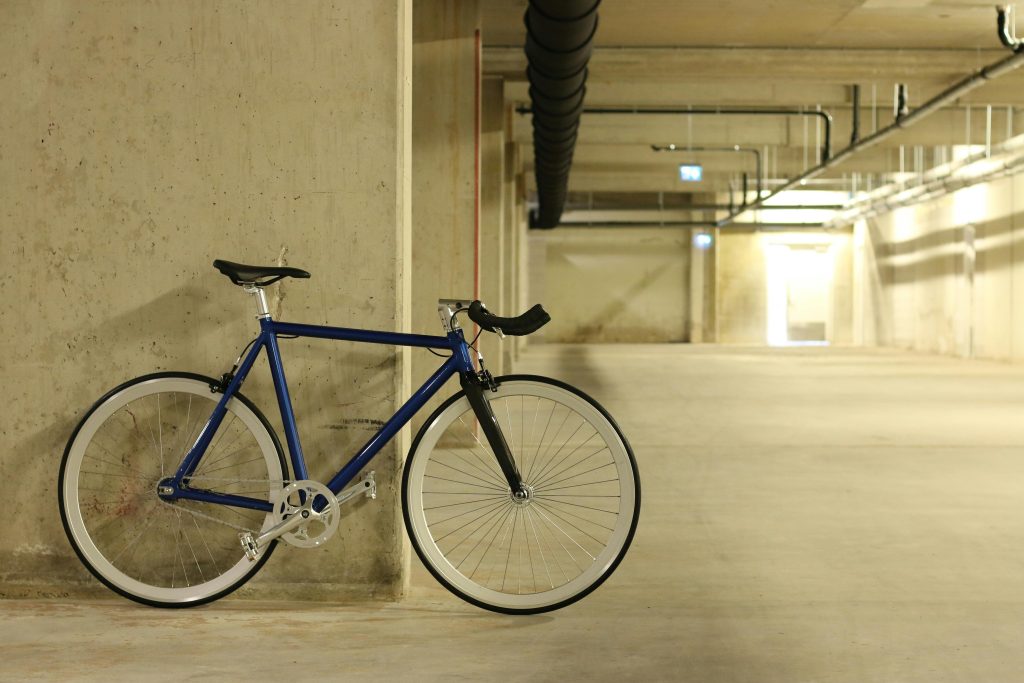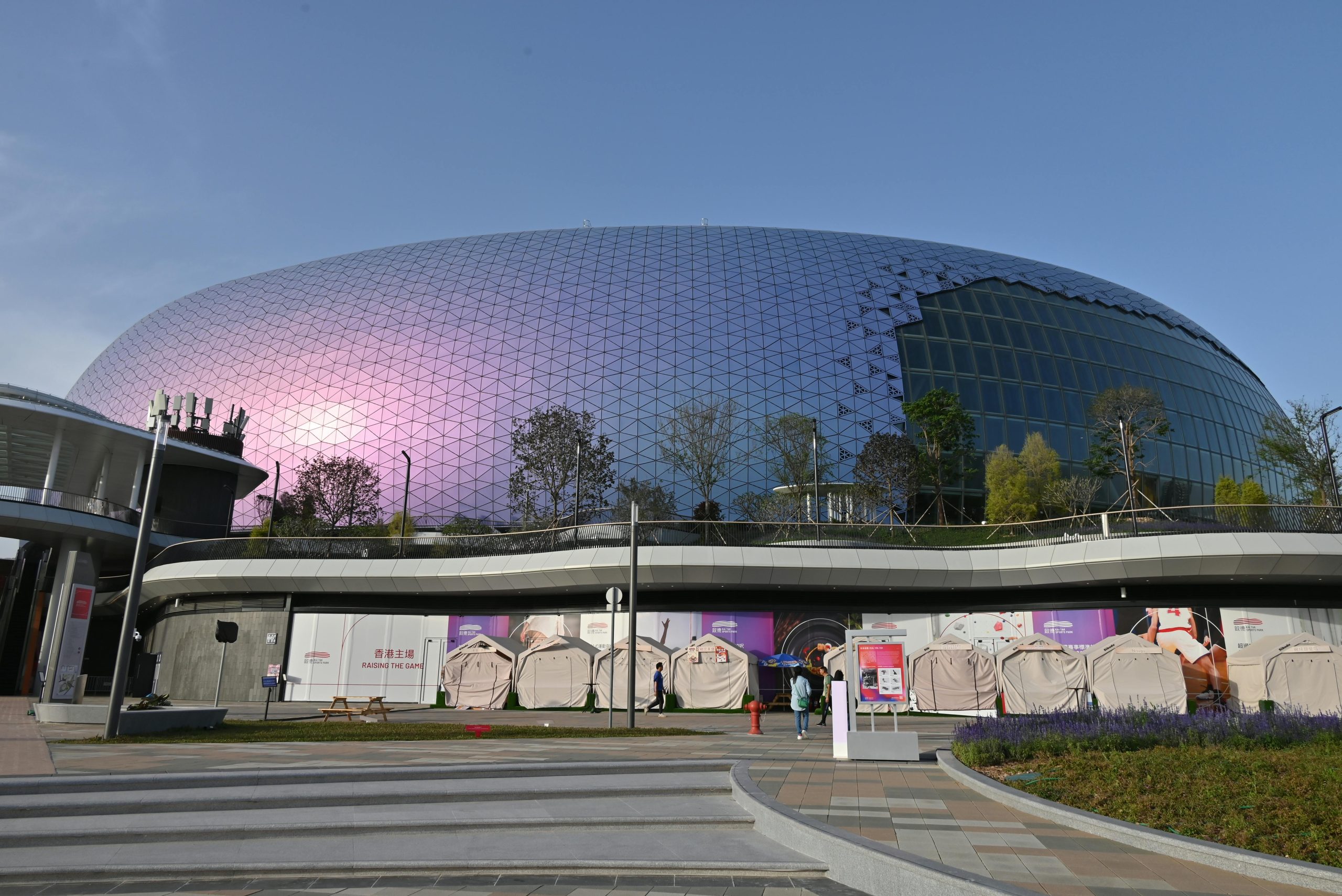The cities of tomorrow are already taking shape. As technology accelerates and climate realities deepen, urban design is undergoing a radical transformation. Smart infrastructure, sustainability, and human-centered planning are no longer optional—they’re foundational. But how exactly are our cities evolving? What does future-ready urban design really look like?

In this article, we explore how urban design is adapting to future needs—balancing innovation with livability, integrating technology seamlessly, and prioritising the planet alongside people. Whether you’re an urban planner, policy maker, architect, or simply someone curious about where the world is headed, this guide will shed light on the design principles shaping the future of our cities.
Why Urban Design Must Evolve
Urban environments are being pushed to their limits. Population growth, climate stress, outdated infrastructure, and social inequalities demand bold new approaches.
Key Challenges Cities Face:
- Rapid urbanisation: 70% of the world’s population will live in cities by 2050.
- Climate change: Cities must adapt to rising temperatures, floods, and energy demands.
- Housing crises: Affordable, livable housing is in short supply globally.
- Transportation overload: Congestion, pollution, and inefficiency plague many urban cores.
- Health and well-being: The built environment directly impacts mental and physical health.
Future Focus: The goal of future urban design is clear—resilient, inclusive, adaptable spaces that enhance life rather than hinder it.
1. Smart Cities: Tech-Driven Urban Design
Smart cities are no longer science fiction. They’re data-powered ecosystems that use technology to improve everyday urban life.

How Technology Is Shaping Cities:
- Smart traffic systems: AI-powered traffic lights reduce congestion and emissions.
- Sensor-based waste management: Improves collection efficiency and cleanliness.
- Digital twins: Virtual models of cities used to test planning scenarios in real time.
- IoT infrastructure: Tracks air quality, noise levels, energy use, and pedestrian flows.
Australian Example:
Brisbane and Melbourne are integrating smart lighting and smart parking technologies to create more efficient, connected city centres.
Key Insight: The rise of “smart” doesn’t mean cold or robotic—it means more responsive, more efficient, and more human-centric.
2. Designing for Climate Resilience
As climate events grow more frequent and severe, urban spaces must be designed to withstand and adapt—not just react.
Resilient Design Strategies:
- Green roofs and walls: Absorb heat, reduce runoff, and improve insulation.
- Permeable surfaces: Help cities manage stormwater and reduce flooding.
- Urban forests: Provide shade, improve air quality, and lower city temperatures.
- Passive cooling design: Uses shade, airflow, and material choices to reduce heat without heavy energy use.
Global Example:
Singapore’s “City in a Garden” concept incorporates massive vertical greenery and rainwater harvesting systems throughout its infrastructure.
Future-proofing Tip: Cities that mimic nature often outperform those that try to fight it.
3. Human-Centric Urban Planning
Designing cities around people—not cars or buildings—creates healthier, more equitable spaces for all.
Principles of Human-Centric Design:
- Walkability and bike-friendliness
- Mixed-use zoning that reduces the need for long commutes
- Public spaces for social connection, play, and rest
- Universal accessibility for all ages and abilities

Trending Concept: 15-Minute Cities
Popularised in Paris, this model designs neighbourhoods so that essential services—groceries, schools, parks, and jobs—are all within a 15-minute walk or ride.
Design Insight: The future city feels smaller, not bigger—community-focused and easily navigable.
4. Modular and Adaptive Architecture
The future doesn’t stand still, and neither should our buildings. Urban design is shifting toward flexible structures that can grow, shrink, or change use over time.
Key Concepts:
- Modular construction: Speeds up building timelines and allows for reconfiguration.
- Pop-up infrastructure: Temporary structures for events, testing new concepts, or crisis responses.
- Adaptive reuse: Transforming old buildings into new uses (e.g., warehouses into apartments).
Local Example:
Melbourne’s Nightingale Housing project uses flexible floor plans and communal spaces to support changing lifestyles and shared living.
Smart Structure: Flexibility isn’t just an architectural advantage—it’s economic and environmental.
5. Sustainable Urban Mobility
Cars have dominated city planning for over a century—but the tide is turning. Future urban design favours clean, connected, and shared modes of transport.

Urban Mobility Trends:
- Expanded cycling networks
- Public transport electrification
- Pedestrian-only zones
- Mobility-as-a-Service (MaaS): Integrates public and private transport into one app-based platform
Forward-Looking Cities:
- Copenhagen: Nearly 50% of residents commute by bike.
- Sydney: Ongoing investment in light rail and walkable precincts.
Design for Flow: When people move efficiently, the city breathes better.
6. Equitable Access and Social Design
The city of the future must work for everyone—not just the wealthy, able-bodied, or tech-savvy.
Inclusive Design Priorities:
- Affordable housing within city limits
- Culturally sensitive design for diverse populations
- Accessible public spaces with ramps, signage, and seating
- Community-led planning that reflects real local needs
Grassroots Example:
The “co-design” movement invites residents to participate in shaping their public spaces, increasing ownership and relevance.
People Over Projects: Equity isn’t a feature—it’s the foundation of meaningful design.
7. The Rise of Biophilic Urbanism
Biophilic design integrates nature into the built environment, promoting mental wellness and environmental health.
Biophilic Design Features:
- Natural materials and patterns in architecture
- Indoor-outdoor blending in workplaces and homes
- Urban gardens and food forests
- Natural light and ventilation in high-density housing

Wellbeing Factor: Exposure to greenery has been linked to lower stress, improved mood, and faster recovery from illness.
Conclusion: Building Tomorrow, Today
Urban design is no longer about just fitting people into cities—it’s about creating places where people can thrive. The future belongs to cities that are smart yet soulful, high-tech yet human, green yet dynamic.
Whether it’s walkable neighbourhoods, modular buildings, or AI-optimised infrastructure, the most successful urban spaces will be those that blend innovation with intention.
At Evolvia.com.au, we’re passionate about future living—and that means helping shape cities that serve, sustain, and inspire. Follow us for the latest insights in sustainable design, smart infrastructure, and the future of urban life.


